From building a family tree to discovering the suspect of a crime
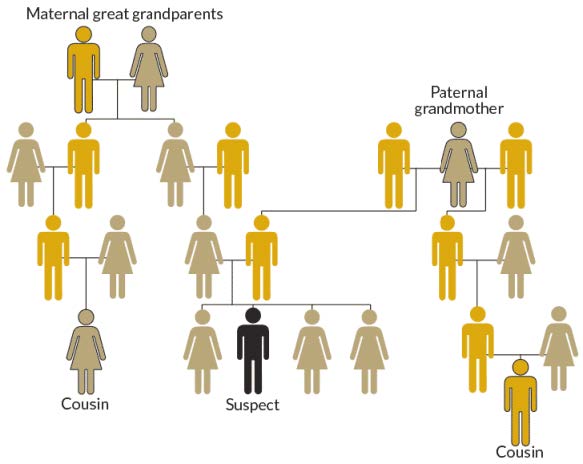
Between 1973 and 1986 multiple rapes and murders were committed in the state of California. Years later the idea was raised that these crimes might be connected. But traditional DNA analysis from the samples found at the crime scenes, could not identify the culprit.
Trust and other wonderful mistakes humans make

Trust is required when we buy a used car from a personal connection or via-via. When we vote for a politician we trust that they will act in our favour. In this article we will explore how Game Theory is used in attempts to model trust and cooperation.
How social networks help job seekers and hirers alike
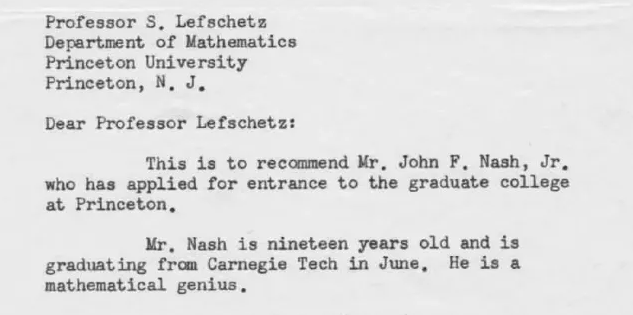
Lots of research has gone into the nexus of social networks in the labour market. Our question is: Do students benefit from the connectedness of their advisers in terms of first academic employment after graduate school?
How do I teach?
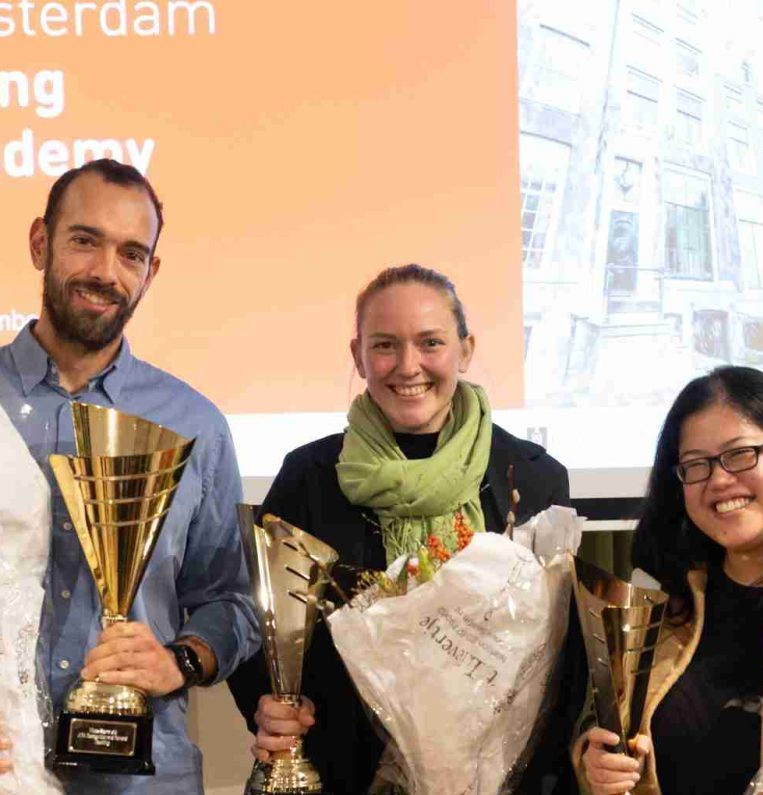
Last week I had the honour to receive an award from the Amsterdam Young Academy (AYA) for my contributions in teaching in the BSc in mathematics at the University of Amsterdam. I thought of many things during this time, and I wanted to write some thoughts down.
Picking up 13 different cards from 13 piles (Part 2)
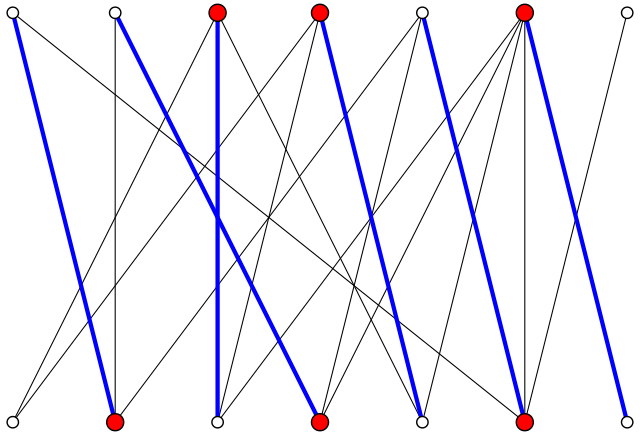
In Part 1 Jackie explained to her fried Sam how the problem of picking a card from each of the 13 piles so that there is exactly one card with each rank translates to a problem on bipartite graphs. The mathematical problem asks you to find a perfect matching in a regular bipartite graph.
Picking up 13 different cards from 13 piles (Part 1)
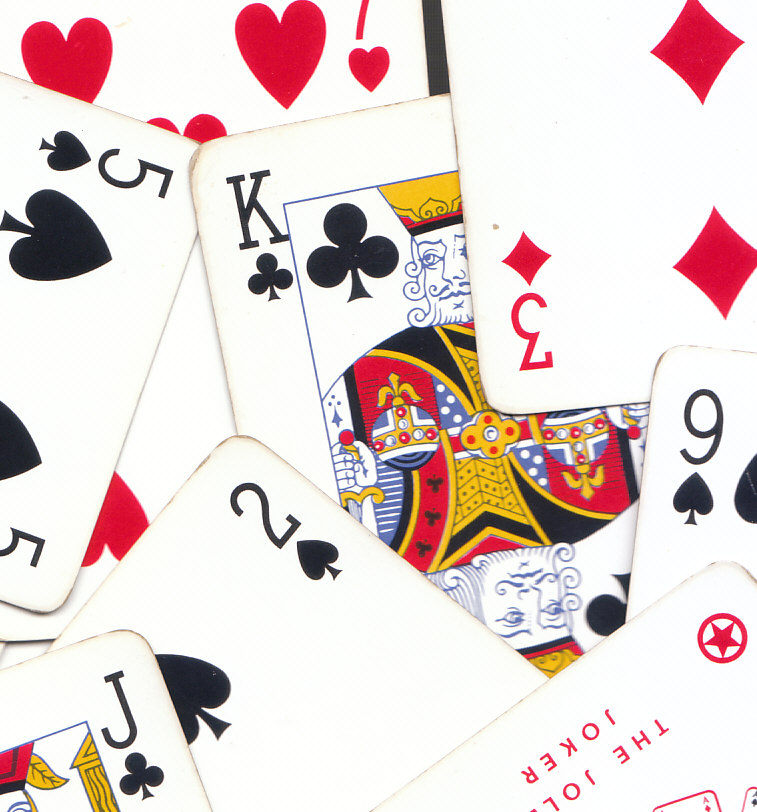
Did you know that if you divide a pack of cards into 13 piles of 4 cards, then you can always pick one card from each of the 13 piles so that there is exactly one card with each rank? There is some beautiful math behind this puzzle.
What is good science communication?
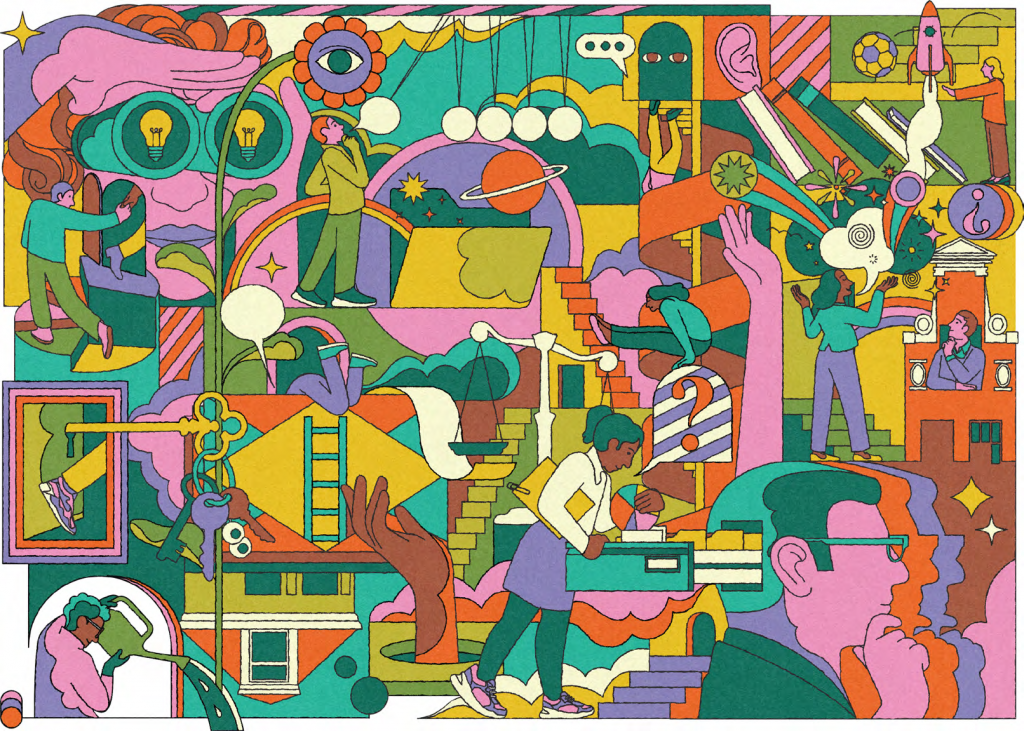
Suppose you are starting with a new science communication project, you immediately think of some ideas like a website or a series of articles. But you also realize immediately that you are competing with so many other science communication initiatives. What is a good way to choose what to do?
Distributing work in a network of servers
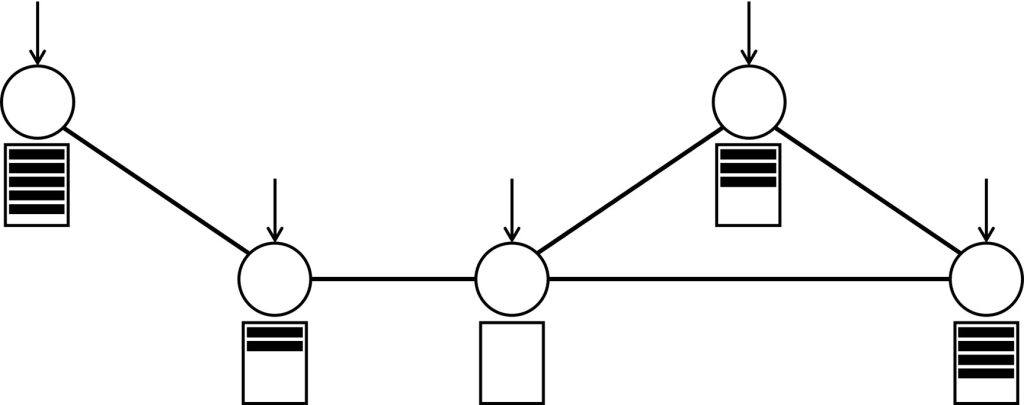
This article discusses a fun puzzle that illustrates a beautiful open problem in this area: queueing theorists are trying to figure out how the structure of a network impacts its ability to distribute work among the nodes.
Jon Snow, Phoebe Buffay, and Michael Scott are in a network, what do they see?

Using popular TV shows, we can learn about the contrast between local and global properties in a social network.
We shouldn’t give classroom lectures anymore

In the September issue of the Nieuw Archief voor Wiskunde mathematician Nelly Litvak wrote the first article in her column ‘Better than blackboard’!
